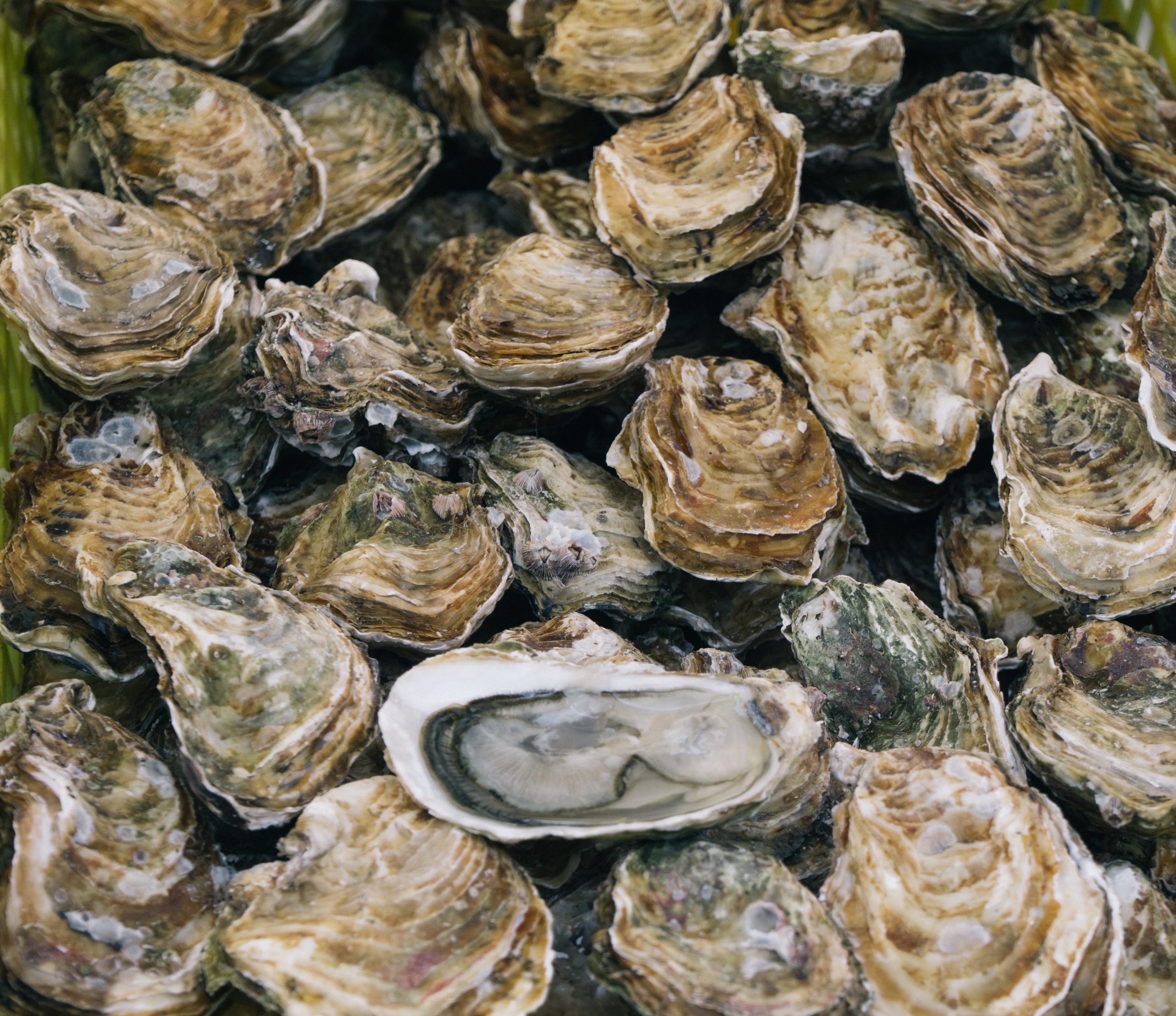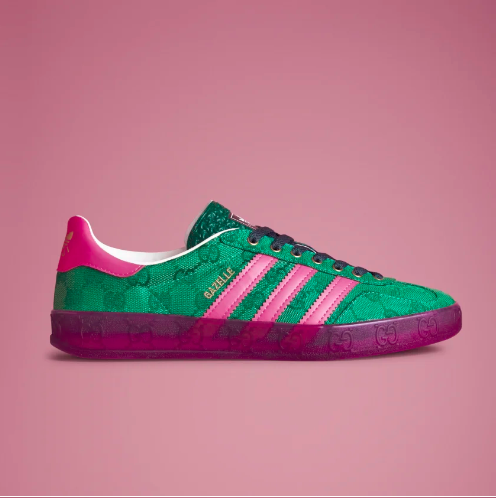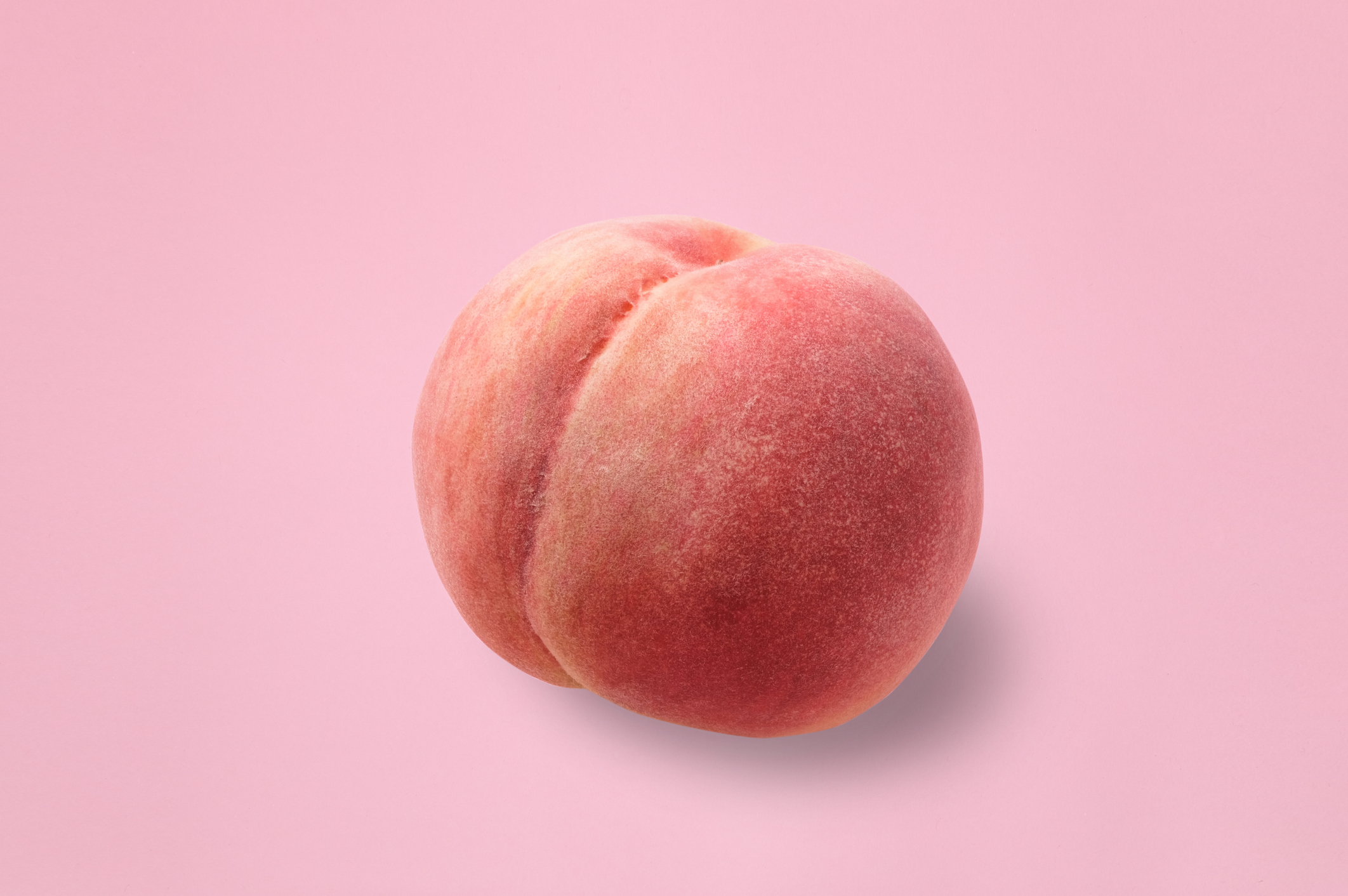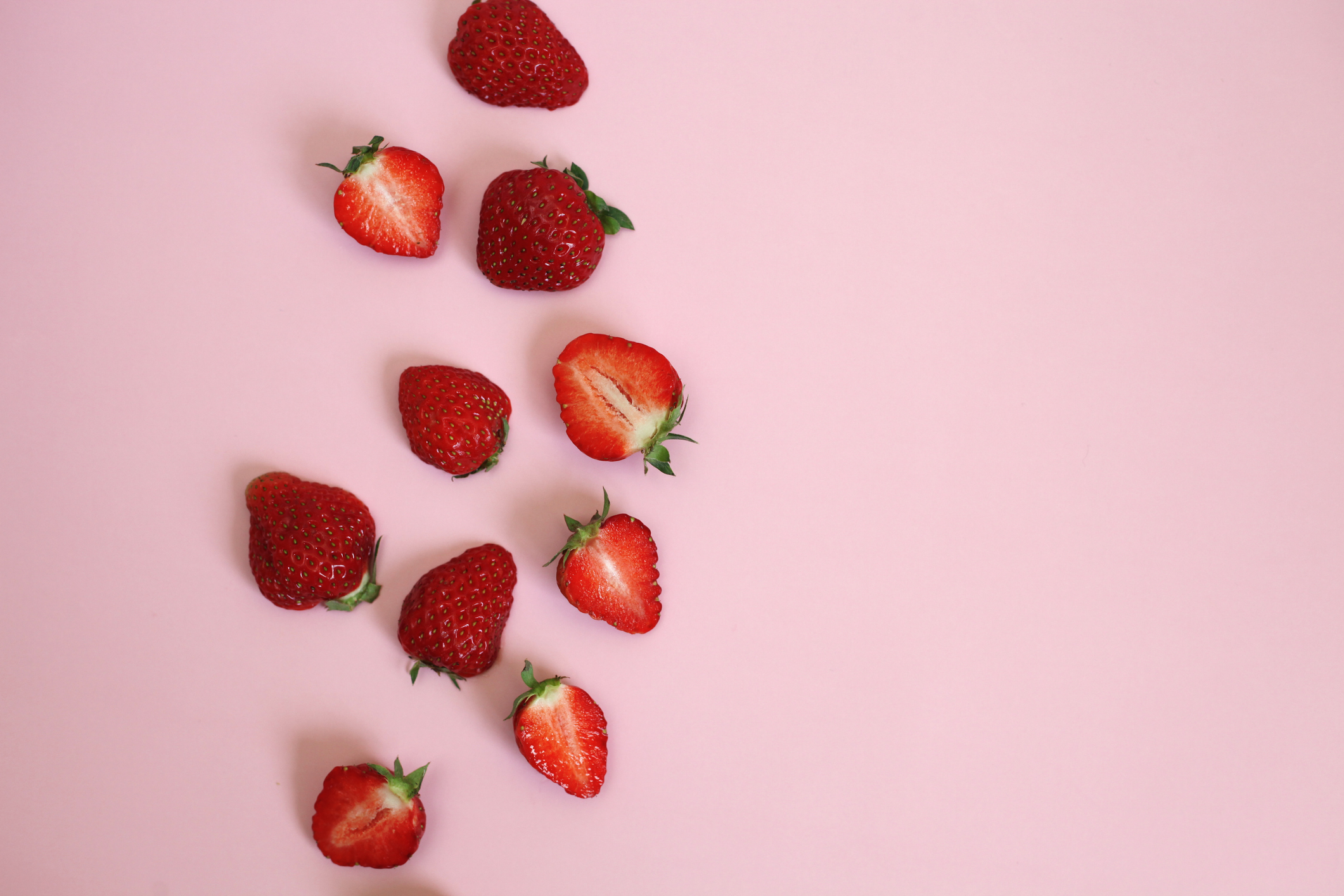Skin & Health Benefits of Zinc – Your body’s own underrated essential mineral superstar.
Zinc is responsible for being a component of over 200 enzymes and 2000 transcription factors needed to regulate lipid, protein, and gene metabolism and gene transcription. Because zinc assists in cell division, it is crucial during rapid growth and repair times – thus is particularly important in children, teenagers, and pregnant women! Its roles and benefits are far- reaching – we even need it to smell and taste the world around us!
Zinc’s benefits aren’t limited to our internal body; our skin also reaps the benefits. Its oil-regulating, anti- inflammatory, and anti-bacterial properties are the keys to it being a robust skin supplement.
This blog post will look specifically at zinc at the angle of an ingestible beauty supplement.
Ingestible beauty is the idea of nourishing yourself from the inside to gain outside benefits including a radiant glow, clear complexion and bouncy, healthy skin.
Zinc Inner-body and Outer-skin Benefits
Even though this is a guide on ingestible beauty, the internal health benefits of zinc are too good not to sing about.
Internally, zinc holds many crucial roles in maintaining a healthy, fighting, fit body. Roles include looking after
gut, reproductive and immune health. Zinc also helps in the production of hydrochloric acid and neurotransmitters.
Lastly, zinc possesses antioxidant-like properties and is useful in preventing UV- induced cellular damage (the kind that accelerates skin ageing!).
In terms of outer skin benefits, zinc has multiple roles in helping our skin be healthy and blemish-free.
First up, zinc has a crucial role in wound healing. Zinc helps skin cell walls stay intact while also assisting the cells to divide and specialise – so they can close over and heal a wound. Wounds include any type of skin trauma, including burns, abrasions, and popped pimples.
Prone to angry breakouts? Since the 1970s, dermatologists have prescribed oral zinc supplementation to help treat acne. The excellent news, zinc has been shown to have anti-acneic effects. Its anti-inflammatory, anti-bacterial, and oil regulating properties make it an ideal blemish and acne supplement that can help calm redness, reduce acne-causing bacteria and regulate your oil flow.
Are you experiencing other skin issues? It doesn’t stop there; studies have suggested other medical skin conditions such as rosacea, psoriasis, seborrheic dermatitis, and alopecia can also be managed with oral supplementation of zinc.
Summary of Zinc Health and Skin Benefits:
- Role in production of hydrochloric acid
- Role in production of neurotransmitters
- Intestinal barrier function and gut microbiome balance
- Reproductive and immune health
- Protects against harmful UV ray damage
- Assists in wound healing
- Anti-acneic, anti-inflammatory, anti-bacterial and oil-regulating
- Helps to manage other medical skin conditions such as rosacea
Foods Highest in Zinc
Since our bodies cannot synthesise zinc, we rely on obtaining it solely through our diet. The best sources of zinc are from animal products, as animal proteins facilitate the absorption of zinc. Unfortunately, while plant sources like cereals and legumes have good amounts of zinc, they contain phytates that interfere with zinc absorption. As a result, only 20-40% of plant-based zincis absorbed into the body. Therefore, those following vegetarian or vegan diets are at risk of zinc deficiency and could benefit from a supplemental top-up.
Bluff oyster season? Oysters are the best source of zinc, so if you are partial to a fresh bluffie – help yourself!
|
Foods Rich in Zinc |
Zinc Content (mg) |
|
1 raw oyster |
1.5 |
|
1 cup smoked mussels |
4.1 |
|
1 grilled beef steak |
8 |
|
1 grilled chicken breast |
1.9 |
|
1 wholegrain bread roll |
0.8 |
|
1 cup chickpeas |
1.4 |
|
10 peanuts |
1.2 |
|
1 tbsp pumpkin seeds |
1.1 |
|
1 cup reduced fat milk |
1 |
|
½ cup oats |
1.5 |
What is the Optimal Daily Dosage of Zinc?
So, how much zinc per day should we be taking?
New Zealand’s RDI for zinc is 14mg for men and 8mg for women, daily.
Pregnant and breastfeeding women need a bit more, between 10 and 12 mg per day.
Zinc Deficiency
As zinc is not stored in the body for long periods, frequent and consistent dietary top-ups are necessary. Zinc deficiency due to a poor diet may appear as dry, itchy skin, hair loss, reduced ability to taste food, and appetite loss. An inherited zinc deficiency disorder affecting zinc absorption causes a condition called acrodermatitis enteropathica which presents as lesions and rashes across the body.
Surprisingly, zinc deficiency is relatively common – with one-third of the global population currently considered deficient. This is seen in areas like South-East Asia, sub-Saharan Africa, and other developing countries.
Pro Tip: Are you on an Oral Contraceptive? Oral Contraceptives are known to deplete the body of essential micronutrients – including zinc. If you are concerned about this it is best to consult your GP, get your blood levels tested and possibly adjust your intake as advised.
Risk factors for zinc deficiency:
- Vegetarians, vegans or people following a diet that is limited in animal products
- Pregnant or breastfeeding women
- Malnourished diet
- People with a digestive disorder
- Women on hormonal contraception
However, more doesn’t equal better – too much zinc can deplete your copper stores, disrupt your gut health and weaken your immune system. So, how much zinc is too much? It is recommended to not go over 40mg per day.
As a result, there’s a balance that’s worth paying attention to.
Pro Tip: Look through your daily supplements and watch for overlapping ingredients – without knowing it you could be doubling or tripling up on doses and potentially overdosing. If you’re unsure, take it to your GP or nutritionist and they should be able to decipher it for you.
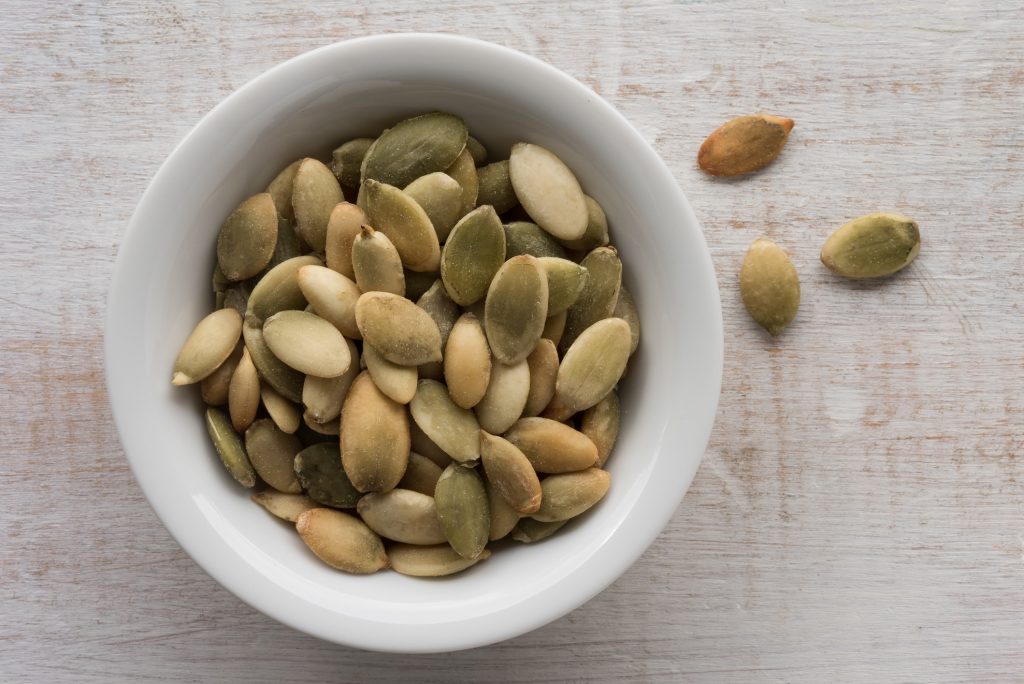
This is just a taste of what our 28 page Skin Supplementing Guide has to offer
Download Ingestible Beauty
– Your Complete Skin Supplementing Guide
References:
Gupta, M., Mahajan, V. K., Mehta, K. S., & Chauhan, P. S. (2014). Zinc therapy in dermatology: a review. Dermatology research and practice, 2014, 709152. https://doi.org/10.1155/2014/709152
Palmery, M., Saraceno, A., Vaiarelli, A., & Carlomagno, G. (2013). Oral contraceptives and changes in nutritional requirements. European review for medical and pharmacological sciences, 17(13), 1804–1813.
